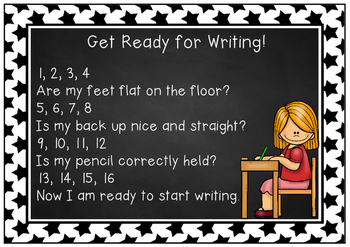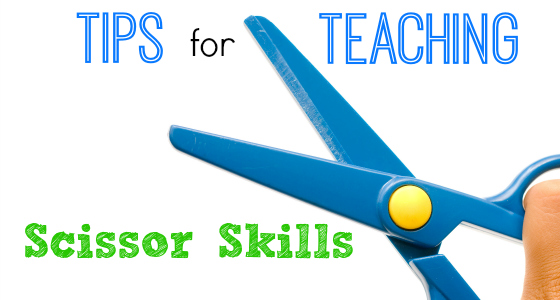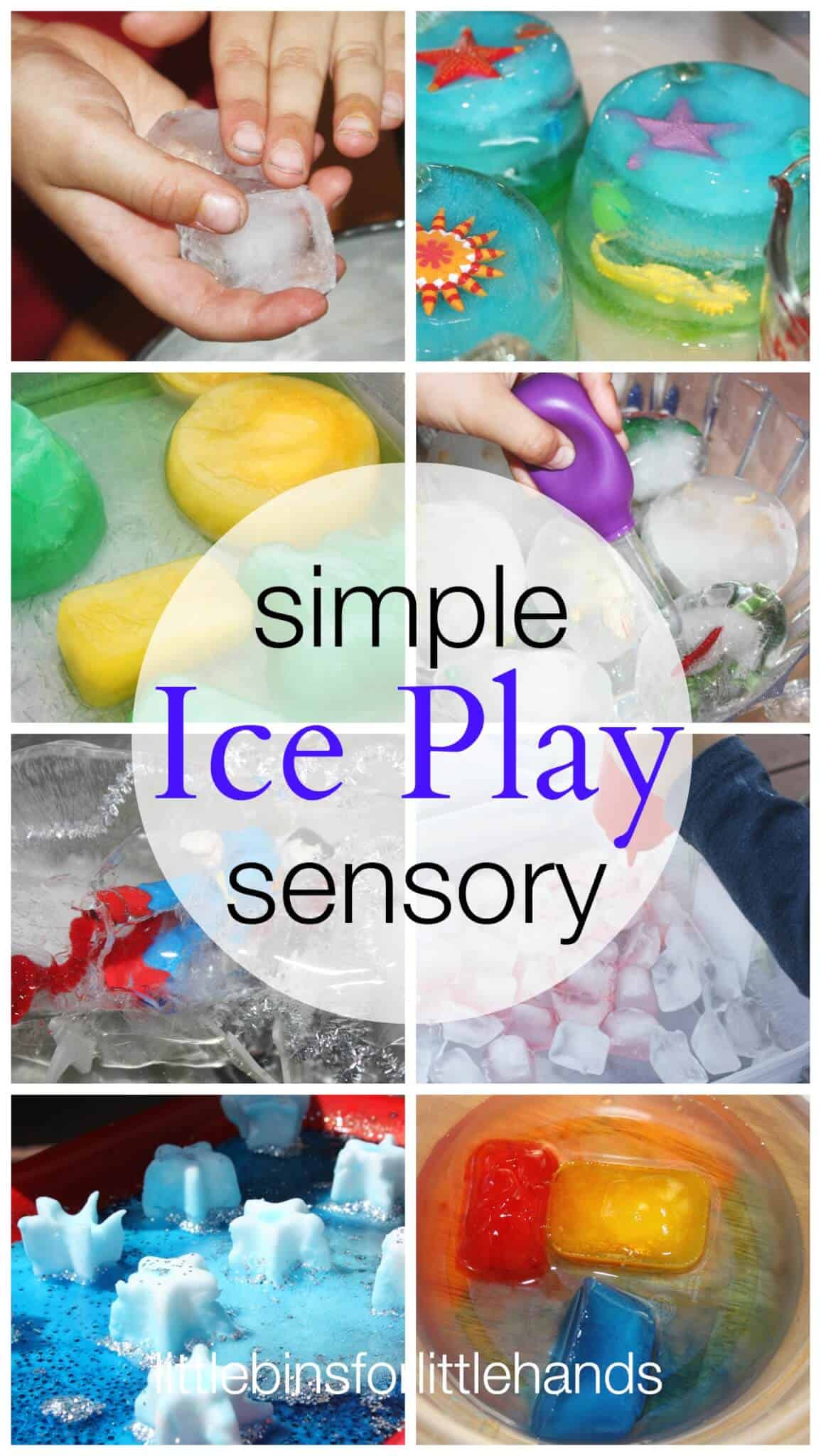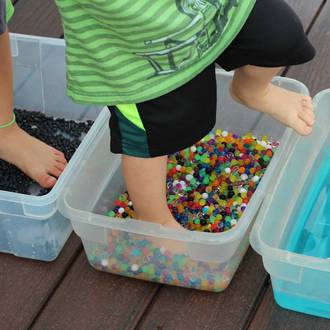
School-based occupational therapy practitioners support academic achievement and social participation by promoting occupation within all school routines, including recess, classroom, and cafeteria time.
They help children fulfill their role as students and prepare them for college, career, and community integration. They utilize prevention, promotion, and intervention strategies for mental and physical health and well-being.
How do occupational therapy services look different in a school than in a hospital or clinic?
Regardless of setting, occupational therapy services help individuals participate in daily life skills and routines.
School-based and hospital/clinic-based occupational therapy services differ in focus:
School-based occupational therapists observe, assess, and
address the child’s strengths and needs within the natural
school settings (e.g., classroom, lunchroom, playground) in
order to support the student’s educational program. Services
may be directed to the child and on behalf of the child in
the school environment (e.g., training educational staff).
Hospital and clinic-based occupational therapists typically assess and address the child’s strengths and needs in a
clinic setting in order to support participation in life activities. The focus in non-school settings may be more varied
and may or may not address specific educational needs. - AOTA
Occupational Therapy’s Role within School Settings
School occupational therapists and occupational therapy assistants are key contributors within the education team.They support a student’s ability to participate in desired daily school activities or “occupations.” They help children to fulfill their role as students by supporting their academic achievement and promoting positive behaviors necessary for learning. School occupational therapists (and occupational therapy assistants, under the supervision of the occupational therapist) support academic and nonacademic outcomes, including social skills, math, reading and writing (i.e., literacy), behavior management, recess, participation in sports, self-help skills, prevocational/vocational participation, transportation, and more. Because of their expertise in activity and environmental analysis, practitioners are particularly skilled in facilitating student access to curricular and extracurricular activities.
They focus on the students’ strengths, and can design and implement programming to improve inclusion and accessibility, such as Universal Design for Learning. Additionally, they play a critical role in educating parents, educators, administrators and other staff members. They offer services along a continuum of prevention, promotion, and interventions and serve individual students, groups of students, whole classrooms, and whole school initiatives. They collaborate within the education team to support student success. In this way, occupational therapy practitioners can contribute within both general and special education.
Occupational therapy practitioners have specific knowledge and expertise to increase participation in school routines throughout the day. Interventions include:
• Conducting activity and environmental analysis and making recommendations to improve the fit for greater access, progress,
and participation
• Reducing barriers that limit student participation within the school environment
• Providing assistive technology to support student success
• Supporting the needs of students with significant challenges, such as by helping to determine methods for alternate educational assessment and learning
• Helping to identify long-term goals for appropriate post-school outcomes
• Helping to plan relevant instructional activities for ongoing implementation in the classroom
• Preparing students for successfully transitioning into appropriate post–high school employment, independent living, and/or
further education
Occupational therapy practitioners are key contributors within the educational team. They help to address both mental and
physical health. They collaborate with a variety of partners, such as:
• Students, to help them to develop self-advocacy and self-determination skills in order to plan for their future and transition
to college, career/employment, and community living; improve their performance in learning environments throughout the
school (e.g., playgrounds, classrooms, lunchrooms, bathrooms); and optimize their performance through specific adaptations
and accommodations
Occupational therapy enables people of all ages live life to its fullest by helping them to promote health, make lifestyle or environmental changes, and prevent—or live better with—injury, illness, or
disability. By looking at the whole picture—a client’s psychological, physical, emotional, and social make-up—occupational therapy assists people to achieve their goals, function at the highest possible
level, maintain or rebuild their independence, and participate in the everyday activities of life.
• Parents, to support their engagement with school activities such as attendance in individualized education program (IEP)
meetings with cultural sensitivity, or to assist in homework management issues by monitoring stress levels and volume of
work
• Educators and other school support staff, to offer curricular modifications to support diverse learning abilities and to meet
state learning standards
• Paraeducators, to support child success and promote safety within the school environment such as reducing autism wandering on playgrounds (e.g., physical and behavioral assistance needs)
• Administrators, to provide training for students, staff, and parents, such as offering recess promotion strategies or contributing to anti-bullying initiatives, as well as to recommend equipment for schools and ways to modify existing buildings and curriculum to allow access for all
Occupational therapy services for students with special needs are determined through the IEP process. School-based occupational therapy is available for students who are eligible for special education. Occupational therapists complete evaluations and assessments, and work with other members of the school-based team to help determine what is needed for a student to receive
a free, appropriate public education in the least restrictive environment. They collaborate with the team to identify a student’s annual goals and determine the services, supports, modifications, and accommodations that are required for the student to achieve them, including addressing transition needs no later than 16 years of age. When the IEP team determines that occupational therapy is needed in order for a student to meet his or her annual goals, then occupational therapy should be included in the student’s IEP. In some instances, students whose disability affects their participation in school but who do not qualify under the Individuals with Disabilities Education Act (IDEA), may be eligible to receive occupational therapy under other federal laws such as Section 504 of the Rehabilitation Act and the Americans with Disabilities Act.
Occupational therapy practitioners help to promote healthy school climates that are conducive to learning. They offer other valuable services to meet broader student behavioral and learning needs, along with systemic needs, by addressing students’ mental health and participating in other school-wide initiatives such as positive behavior supports, response to intervention (RtI), and Early Intervening activities. In addition, occupational therapy practitioners are active participants in developing curriculums and programs; addressing school health and safety; identifying assessment accommodations and modifications; and developing violence prevention, anti-bullying, and other types of programs. In this capacity, occupational therapy practitioners support the needs of all students, including those without disabilities. For example, many schools use the occupational therapist’s knowledge and expertise to assist in curriculum development for handwriting and social skills, or to recommend modifications to or design of classroom environments or assignments that help all students access and participate in school (i.e., implementing universal design for learning).
References
American Occupational Therapy Association, American Physical Therapy Association, & American Speech-Language-Hearing Association.
(2014). Workload approach: A paradigm shift for positive impact on student outcomes. Retrieved from http://www.aota.org/-/media/Corporate/
Files/Practice/Children/APTA-ASHA-AOTA-Joint-Doc-Workload-Approach-Schools-2014.pdf
Cohn, E. S., & Lew, C. (2010). Occupational therapy’s perspective on the use of environments and contexts to support health and participation in occupations. American Journal of Occupational Therapy, 64(Suppl.), S57–S69. http://dx.doi.org/10.5014/ajot.2010.64S57
Frolek Clark, G., & Chandler, B. (2014). Best practices for occupational therapy in schools. Bethesda


































 In the age of iPads and cell phones, children’s fine motor skills are not being developed to the extent they should be and there is research showing that this is beginning to effect children going into kindergarten. Here are some tips to help you to build your child’s fine motor skills.
In the age of iPads and cell phones, children’s fine motor skills are not being developed to the extent they should be and there is research showing that this is beginning to effect children going into kindergarten. Here are some tips to help you to build your child’s fine motor skills.







